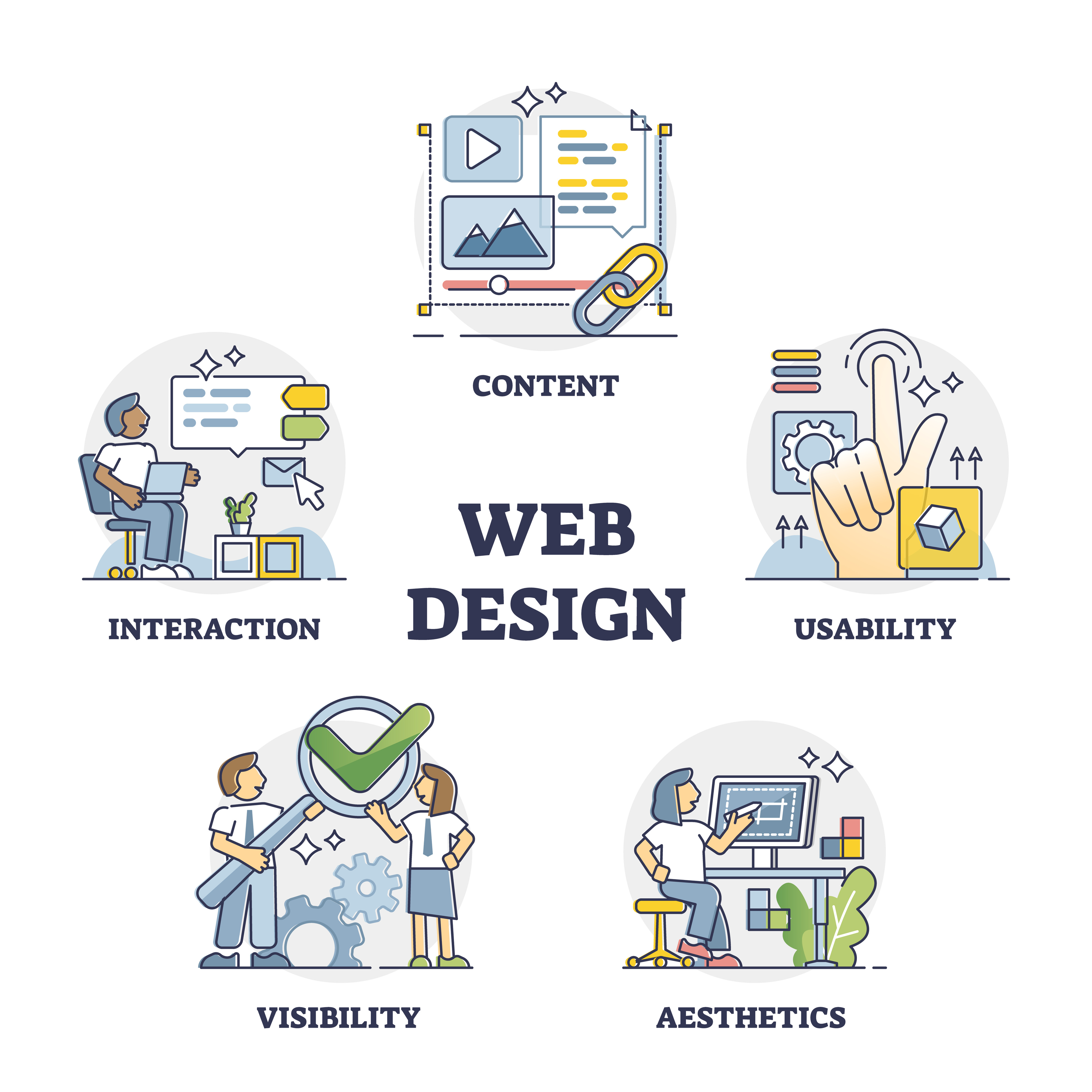
I hope you get value out of this blog post.

Most financial advisors might assume that the fundamentals of web design have little to do with running a successful financial advisory practice. However, many of the basic principles of user experience (UX) design are based on universal rules of human behavior — which means they can be just as relevant for designing an enjoyable Client Experience (CX) as they are for designing an enjoyable UX.
In this next article in my series on how to apply UX laws to improve CX and office productivity, we’ll look at the aesthetic-usability effect and how it applies to a financial advisory practice.
Overview
Users often perceive aesthetically pleasing design as design that's more usable.
People are drawn to beautiful things, even when it doesn’t make a difference. If you had two routes to choose from to commute to work and both took the exact same amount of time, you’d likely choose the one that goes through lush trees and rolling fields over the one that goes through an industrial block of big, plain warehouses.
Likewise, in web design and product design in general, people are drawn to beautiful-looking products. The effect is so strong, in fact, that, even if a less beautiful alternative works just as well, many customers are willing to spend more for the pretty one.
It can also skew their perception of how functional the design is. A study of this phenomenon found that users rated user interfaces (UIs) as more functional when they were also more aesthetically pleasing, even when the UI was objectively just as functional in its less beautiful version.
In other words, a beautiful interface feels easier to use than an unattractive one—even if that’s not actually the case.
The implications for web designers building a user interface is clear but how does this apply to your advisory practice? For one, it means that your practice, too, needs an aesthetic website to improve client experience.
This UX law proves that a cluttered, unattractive website — even if it works just fine — is off-putting. In this digital age where that website might be the first time a prospective client sees your practice, an off-putting design is the last thing you want.
The logic extends to the physical space in your office, as well. For clients, an unattractive office can negatively impact their experience, even if the service is great. For staff, an unattractive office can hurt productivity.

The simple solution here is to improve the aesthetics at your practice. To improve the aesthetics of your website, follow these basic guidelines:
The key with web design is to keep the layout clean, minimalist, and easy for the eye to navigate. A professional website doesn’t need to be high tech or flashy. It just needs to look professional and functional while featuring pleasant color schemes, simple and jargon-free language, and high quality images.
For the office itself, here are some cost-effective, research-based techniques to make the space more aesthetically pleasing:
The key with physical space is to keep it clean, organized, and include as many natural elements as you can whether that’s natural light, plants, or even just wall art featuring natural scenes.
You don’t need to spend money on any major renovations or interior design makeovers. In fact, weather permitting, you can get all the benefits of an aesthetic working environment by simply taking what work you can outdoors. Research shows simply being in a natural environment boosts mood and improves cognitive functioning.
Suggest to your clients to have meetings outdoors or make a reservation for that lunch meeting at a restaurant with a nice patio or outdoor seating area. Encourage employees to take their laptop to a nearby park and spend an hour or two working outside.
It might not be practical all of the time but taking meetings and work outdoors when you can will make for a nice change of scenery that also happens to improve CX (and employee experience as well!)
